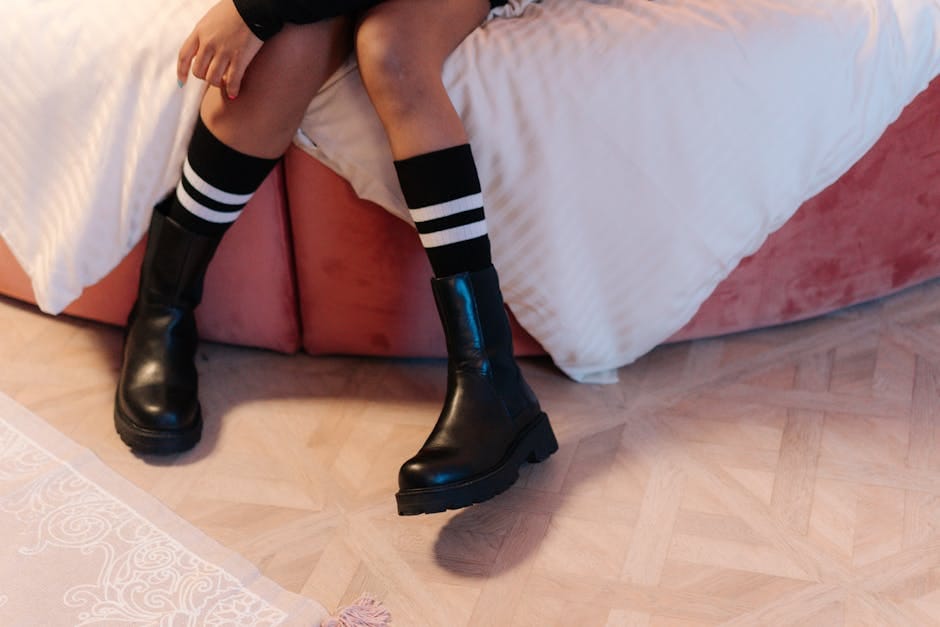Footwear has played an integral role in human society for centuries, serving both practical and aesthetic purposes. From humble beginnings as protective coverings for the feet to the elaborate designs that adorn catwalks today, footwear has evolved into a multifaceted expression of our culture, creativity, and personal style.
**Evolution of Footwear**
The earliest forms of footwear, dating back tens of thousands of years, were simple sandals or moccasins made from animal skins or plant fibers. These rudimentary designs provided basic protection against the elements and rough terrain. Over time, as civilizations developed, footwear became more intricate and specialized.
In ancient Egypt, sandals were adorned with intricate hieroglyphs and precious stones, reflecting the wearer's social status. In medieval Europe, knights wore heavy boots made of hardened leather, while noblewomen sported delicate slippers with pointed toes.
**Footwear in Fashion**
The 19th century witnessed a surge in footwear innovation. The Industrial Revolution brought forth new materials and manufacturing techniques, enabling designers to create shoes with unprecedented styles and functions. Heels, laces, and buckles became integral design elements, and footwear became a vital part of fashionable dress.
In the 20th century, footwear emerged as a major fashion statement. Designers such as Christian Louboutin and Manolo Blahnik revolutionized the industry with their iconic designs and luxurious craftsmanship. Footwear became a coveted accessory, with ardent followers willing to pay top dollar for the latest creations.
**Footwear and Culture**
Footwear has also played a significant role in cultural traditions and rituals. In some indigenous cultures, shoes are imbued with spiritual significance and are worn during important ceremonies. In the military, boots symbolize strength and discipline, while sneakers have become synonymous with athleticism and youth culture.
**Footwear and Technology**
Advancements in technology have had a profound impact on footwear. The development of synthetic materials, such as Gore-Tex, has created waterproof and breathable shoes. Performance-enhancing technologies, such as carbon fiber plates and responsive cushioning, have revolutionized running and athletic footwear.
**Footwear and Sustainability**
In recent years, there has been a growing awareness of the environmental impact of footwear production. Sustainable brands are emerging, focusing on eco-friendly materials, ethical manufacturing practices, and reduced waste. Consumers are becoming increasingly conscious of the choices they make, opting for footwear that aligns with their values.
**Conclusion**
Footwear is a multifaceted art form that combines practicality, fashion, and cultural significance. From ancient sandals to modern high-tech sneakers, footwear has evolved to reflect the needs and desires of our society. As we continue to innovate and explore new possibilities, footwear will undoubtedly remain a vital part of our lives, both as a functional necessity and a cherished expression of personal style.
